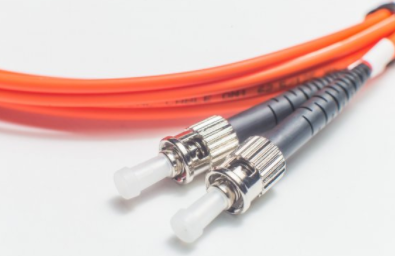Oufu Optical Fiber Cable Co.,Ltd
Address: Shenyang, Liaoning, China
Contact person: Manager Zhang
Phone: 400-964-1314
Mobile phone: +86 13904053308
【whatsapp && wechat】
2024-09-09 1039

Understand Your Application Needs:www.adsscable.cn
Before diving into the specifics of the patch cable, it's essential to first identify your application needs. Consider factors such as:
Transmission Distance: The distance over which data needs to be transmitted will influence the type of fiber optic cable (single-mode or multi-mode) and the cable's attenuation characteristics.
Data Rate Requirements: High-speed data transmission requires a cable that can support the necessary bandwidth and data rates.
Environmental Factors: Will the cable be exposed to harsh conditions, such as extreme temperatures, humidity, or electromagnetic interference?
www.adsscable.cn
Choose the Right Fiber Type:
Single-Mode Fiber: Ideal for long-distance transmission (up to 100 km) and high-speed data rates, single-mode fiber uses a laser light source and has a smaller core diameter.
Multi-Mode Fiber: Suitable for shorter distances (up to 2 km) and lower cost, multi-mode fiber employs LED or laser light sources and has a larger core diameter, supporting multiple modes of light propagation.
Evaluate Connector Quality:
The quality of the ST connectors is crucial for a reliable connection. Look for connectors that are well-constructed, with a precise fit and a durable finish. Consider factors such as:
Ferrule Material: Ceramic or metal ferrules are typically more durable than plastic ones.
Polish Quality: A high-quality polish ensures minimal insertion loss and back reflection.
Durability: The connector body should be able to withstand repeated insertions and environmental stress.
Consider Cable Jacket and Outer Protection:
The cable jacket provides insulation and protection against damage. Look for cables with:
Durable Jacket Material: PVC, LSZH (Low-Smoke Zero-Halogen), or plenum-rated jackets offer varying degrees of durability and safety.
Armoring or Strength Members: For outdoor or rugged applications, consider cables with additional armoring or strength members for added protection.
Verify Compatibility:
Ensure that the ST to ST fiber optic patch cable you choose is compatible with your existing network infrastructure, including equipment ports, fiber types, and transmission protocols.
Compare Prices and Reviews:
Once you've narrowed down your options, compare prices from different vendors and read customer reviews to get a sense of the product's performance and reliability.
Test Before Deployment:www.adsscable.cn
If possible, perform a test run with a sample of the selected cable to ensure that it meets your performance expectations.
Conclusion:
Choosing the best ST to ST fiber optic patch cable for your needs requires careful consideration of your application requirements, fiber type, connector quality, cable jacket, compatibility, and price. By following this buying guide, you can make an informed decision that will ensure a reliable and high-performing fiber optic connection for your network. Remember, the right cable can significantly impact your network's performance, so take the time to select the best one for your specific needs.